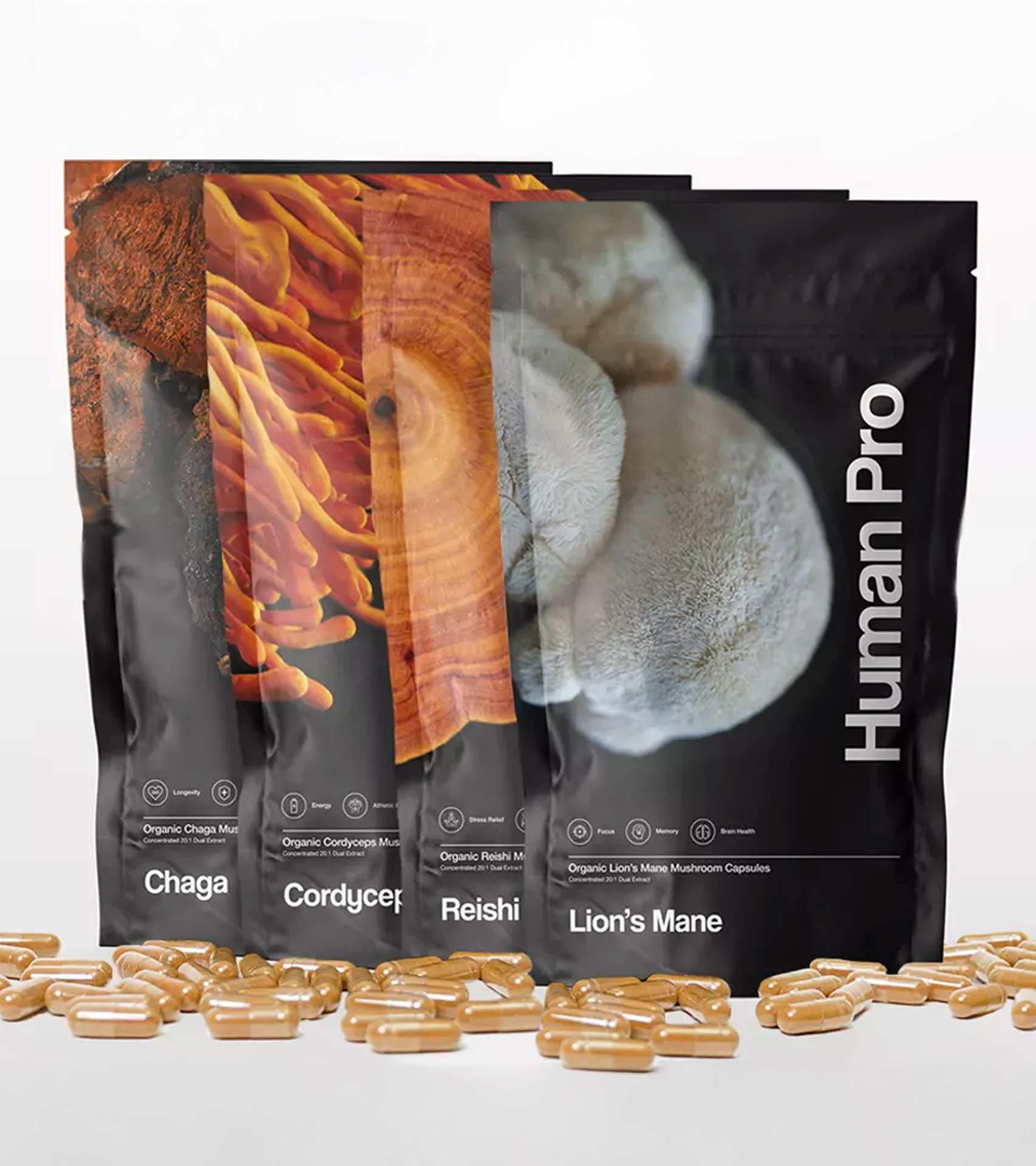You might have noticed that over these last two decades, neuroscience has made some pretty awe-inspiring advancements.
What we have learned in such a short space of time has totally revolutionized how we see ourselves, how we understand our world and our place in it.
Not to mention how it can affect our microdosing journey.
Recently, I watched a great podcast interview on The Diary of a CEO interviewing Dr. Tara Swart.
What she revealed left me pondering for days.
Learning that stress can be contagious, and arguably airborne. I mean, YIKES!
From ‘Cultured’ Cells to a ‘Wild’ Understanding
Firstly, let’s applaud the groundbreaking research that has moved us from a petri dish understanding of neurons to one that is much more intricate and “wild.”
High-resolution microscopy, biochemistry, and molecular concepts have deepened our comprehension of neuronal behavior and even enabled us to see neuron-glia interactions.
This transition offers an ocean of possibilities for microdosers to better understand the biological underpinnings of their experiences.
Mental Resilience and Microdosing
Dr. Tara Swart is a beacon of wisdom in this space. According to her, cortisol, a stress hormone, doesn’t just stress you out—it can lead to tangible physical changes like belly fat.
If you’re microdosing for better mental resilience, neuroscience tells us that it’s essential to concurrently work on growing and changing our brain structures.
Stress and Its Contagious Nature
Stress is more than a personal experience; it’s a social phenomenon. Dr. Swart tells us that stress can be contagious and impacts those around us.
What does this mean for microdosers? It means that if your aim is to reduce stress through microdosing, awareness, and mindfulness should also be a part of your regimen.
The wisdom of your brain and gut neurons—where intuition is stored—should be your guiding light.
Neuroplasticity: Your Brain’s Superpower
If you’re engaged in microdosing for cognitive or emotional development, you’re going to love this:
Your brain is incredibly adaptable. Neuroplasticity, which allows our brain to change and adapt, is facilitated through a variety of mechanisms.
For instance, myelination speeds up neural communication, synaptic connections create new pathways, and neurogenesis forms new nerve cells.
Dr. Swart also proposed that you can even enhance neuroplasticity through aerobic exercise and certain dietary choices.
When coupled with microdosing, imagine the boundless growth and transformation you could achieve!
Words Matter: Shape Your Reality
Language isn’t just a tool for communication; it shapes our reality, whether we are speaking it out loud or journaling our thoughts.
This insight is invaluable for those engaged in microdosing for spiritual or emotional growth.
Using positive affirmations and visualizations can shift our brains from a state of fear to a state of trust.
Dr. Tara Swart explains and emphasizes that our choice of words can profoundly impact us and our cortisol (stress) levels in this short video.
Imagine how transformative the results can be when coupled with a microdosing regimen.
Dr. Swart unpacks all of the above in her book The Source.
Neurodiversity and the Changing Landscape
The term ‘neurodiversity’ has been in the spotlight recently, thanks to advanced diagnostic methods and a better understanding of brain functionality.
For microdosers, this could signify a personalized approach that acknowledges the uniqueness of each individual’s brain, thus refining the microdosing experience.
The Power of Visualization and Positive Thinking
Last but not least, it’s worth experimenting with the power of visualization and positive thinking, especially when microdosing.
Neuroscience shows us that these practices can have a tangible impact on our brain structures, which only enriches the microdosing process.
The advancements in neuroscience over the past two decades offer a magnificent toolkit for anyone interested in microdosing.
Science has progressed far beyond what we could have imagined, making today an exciting time to explore and combine these realms.
So, why not start incorporating these neuroscience-backed insights into your microdosing practice?
It could very well be the quantum leap you’ve been looking for in your journey of self-discovery and well-being.
Be part of the conversation or start the conversation with me and other community members here:
- Facebook group (8.000+ members)
- Discord channel (2.000+ members)
- Follow us on Instagram @microdosepro.amsterdam and @humanpro.amsterdam
- Follow me on Instagram @asha_md_coach
As always.
Shine bright. Do good. Flow strong.
Asha ✨







0 thought on “Boost Your Microdosing Practice With The Latest Neuroscience”